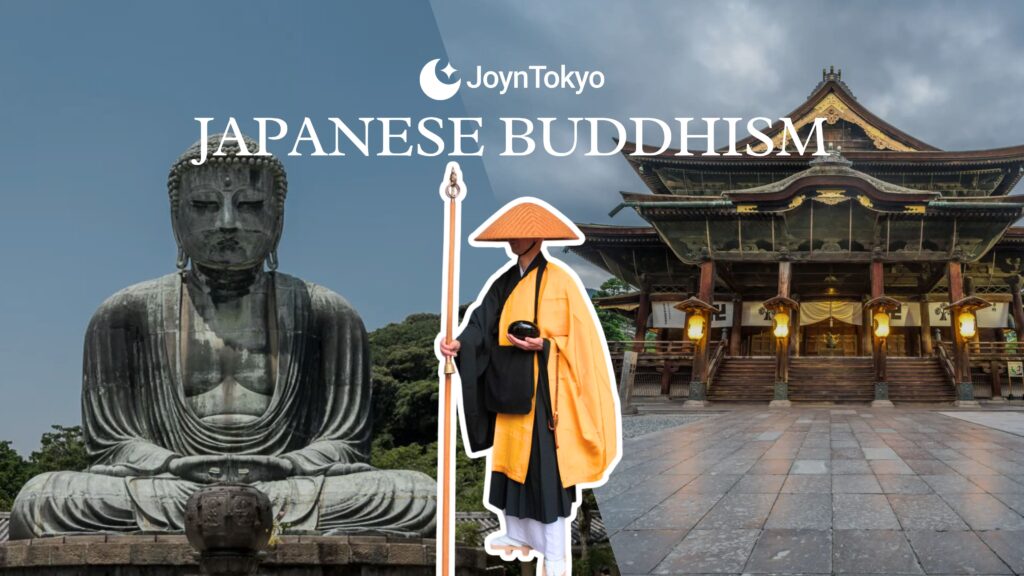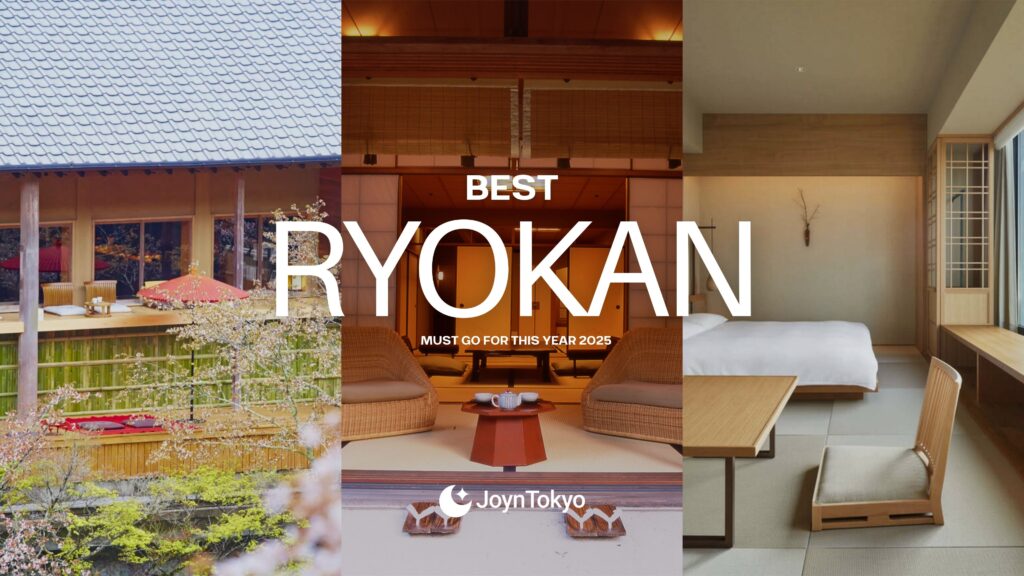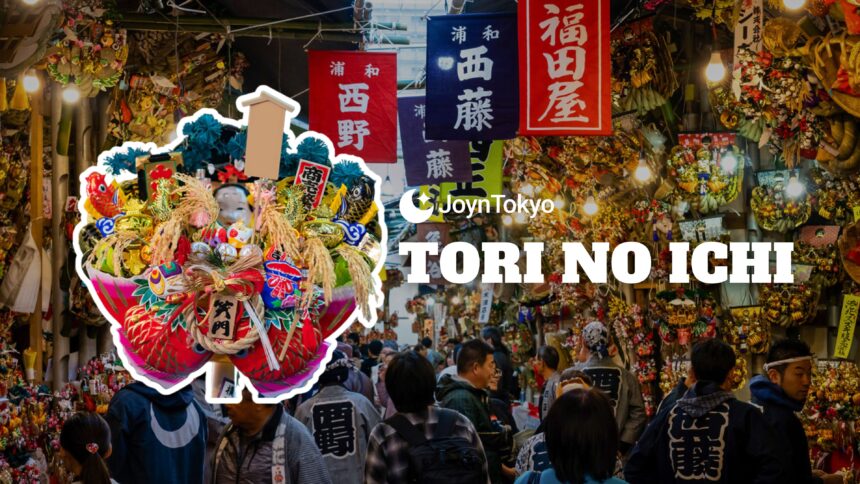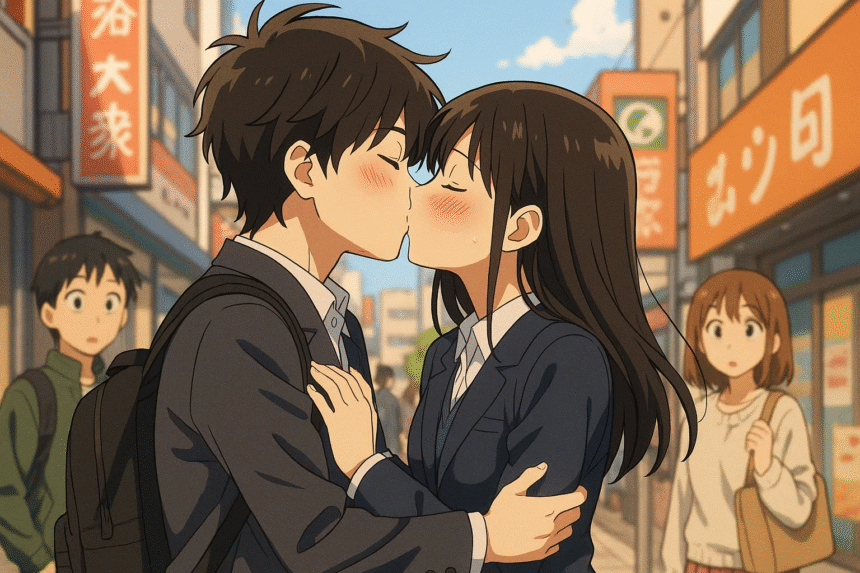The smallest of the main islands of Japan, Shikoku is made up of just four prefectures, and is the only one of the four central islands that do not have a Shinkansen bullet train. As such, transportation across the island can be a little slower than in other places: but that is part of the charm of Shikoku, and of its specialized trains.
Indeed, it is the relatively slow pace of life in Shikoku that is one of its major attractions. While Shikoku is perhaps most famous in Japan for being the island where one can make a pilgrimage to 88 Buddhist temples, today many people are coming to enjoy the Monogatari Trains that not only let you travel across the island, but enjoy a level of service and luxury that can seem like a thing of the past — or a vision of the future.
Read More
What are Monogatari Trains?

Begun in 2014, the Monogatari Trains (or, “Story Trains,” in English) are named for the various stories held by and offered by each of Shikoku’s prefectures, Ehime, Kochi, Kagawa, and Tokushima, as well as the stories that the passengers will create and discover.
The trains, each of which serve lunch options using local ingredients that highlight the culinary heritage of Shikoku, won the Cool Japan Award 2025, presented at the Osaka Expo. The award was given in recognition that the Monogatari Trains were “objectively recognized as ‘cool’ from a foreigner’s perspective are discovered and certified as ‘COOL JAPAN’ by a panel of international judges from around the world.”
Concept and Design
Each of the trains runs down a different route, and offer different experiences. JoynTokyo was lucky enough to attend a presentation, hosted by the Japan National Tourism Organization, with Tetsuya Matsuoka, an architectural engineer with JR Shikoku, who designed the Monogatari Train series.
“The philosophy of the train design was that of connection between the inside and the outside,” Matsuoka explained. “This is not an industrial design, but rather, it is intended to connect the passengers to nature and community. We want passengers to feel that they cannot feel walls or barriers.”
The Three Monogatari Trains
To date, there are three separate Monogatari Train lines for passengers to enjoy. Each has its own charms, and once you’ve ridden on one, you’ll almost certainly feel compelled to return and try the others.
Iyonada Monogatari

The first of the Monogatari Trains to open in July 2014, this line stretches down the coast of Ehime prefecture, on the west of Shikoku. Passengers can reserve journeys from the termini at Matsuyama, Iyo-Ozu, or Yawatahama to enjoy journeys along the coast and through towns which have retained their 19th Century and early 20th Century aesthetics, places almost perfectly preserved from the era Japan was introduced to European aesthetics.
The interior of the trains also reflect this era and vibe. Defined by Matsuoka as “retro-modern,” it is a seamless merger of traditional Japanese and European styles of the period, with colors that evoke both the beautiful sunsets that can be seen from the Ehime coast and the citrus fruits that grow in abundance on the island.
Shikoku Mannaka Sennen Monogatari

The second of the Monogatari Trains to open, in April 2017, the Mannaka Sennen Monogatari runs through the center of Shikoku, from Tadotsu in the north, in Kagawa prefecture, to Oboke in the south, Tokushima prefecture. “Sennen” here means “1,000 years,” and is a reflection of the train’s path through the history of Shikoku.
Sights include Zentsuji Temple, created by the monk Kukai, founder of Shingon Buddhism, and Kotohira-gu Shrine, which has been a site of pilgrimage for thousands of years. Passing through mountain valleys and forests, the interior of the train simulates the feeling of a traditional folk house from Oku-Iya, with beautiful wooden panelling emphasizing the peace and tranquility of the journey.
Shikoku Tosa Toki no Yuake Monogatari

Opened in July 2020, this line, which means “Tale of the Dawn of an Era,” was created to emulate the spirit of Japan during the Meiji Restoration, when Japan opened itself to outside countries. Inspired by the influential samurai Ryoma Sakamoto, who advocated for modernization, the end of feudalism, and democracy, the trains run from Kochi City to Kubokawa in Kochi prefecture.
There are two varieties of train for this Monogatari series, the “Kurofune” and the “Sorafune,” or “steam ship” and “skyship.” The exterior and interior of the former emphasizes the era of steam travel that Japan embraced during the 19th Century with a steampunk style; the latter is a vision of the future, and the aspirations towards a new world. The train rocks gently like a ship and you move from the sea and across rivers, giving a sense of what it was like to be a pioneer of the time, like Ryoma Sakamoto.
Other Unique Shikoku Trains
In addition to these unique lines, Shikoku has a number of other attractions for train heads. Here are a few highlights.
Shiman Torokko

A bright yellow that runs between Kubakowa in Kochi prefecture and Uwajima in Ehime prefecture, this windowless trolley car provides excellent vistas of the Shimanto River, and the mountains that tower alongside it.
Tosa Kuroshio

An open-deck train that runs from Gomen and Nahari stations on the east coast of Kochi prefecture. It is perfect for anyone seeking a relaxing view of the Pacific Ocean.
Asa Coast DMV

This is a real treat: launched in 2021, “DMV” stands for “Dual-Mode Vehicle,” and it is the world’s first publicly operational bus-train hybrid. It takes just 15 seconds to shift modes from a van to a train to move along the 15km of tracks from Tokushima to Kochi, passing through Cape Muroto, as it moves along the Pacific cliffs and coastal communities.
Shikoku travel is not just a way to explore and enjoy one of Japan’s central islands, but also a great way to enjoy a slower pace, and take a load off. The Monogatari Trains, as well as other uniquely Shikoku locomotives, are the perfect way to rest, relax, and let the world go by in carefully crafted luxury.








